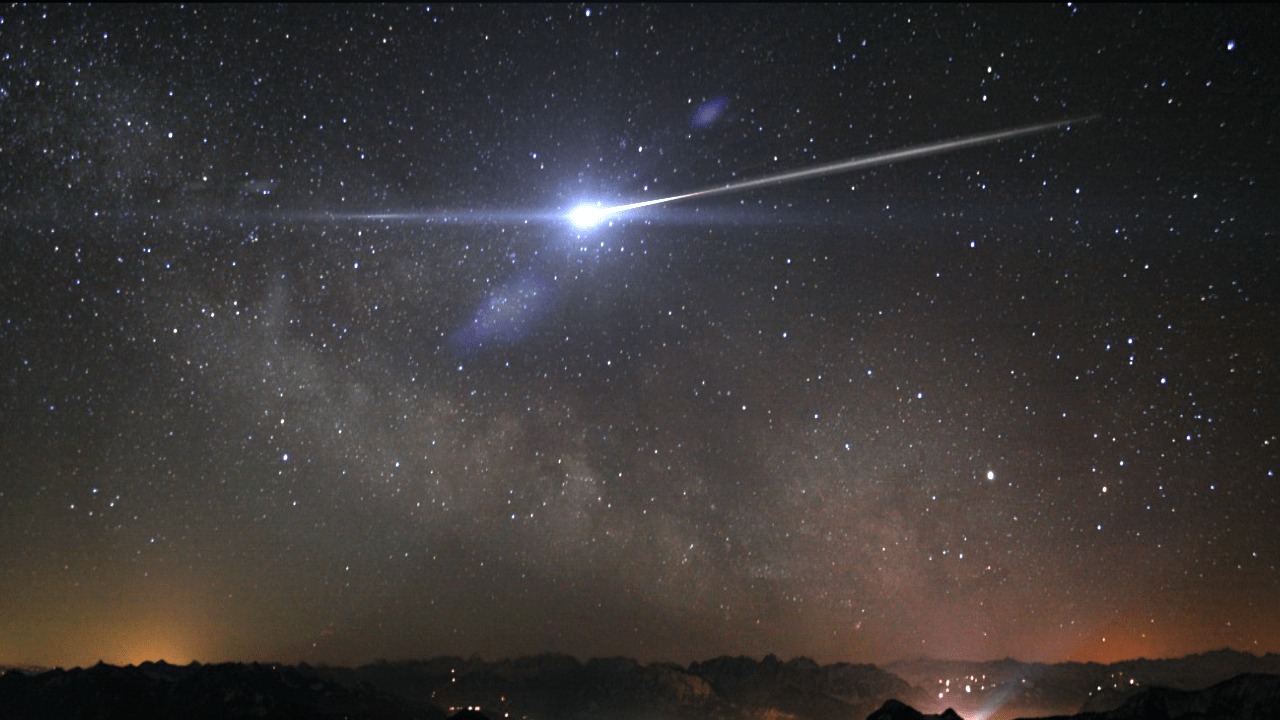When a meteoroid enters the Earth’s atmosphere at a very high speed it heats up. This heating up produces a streak of light and is termed a meteor. When a meteor is bright enough, about the brightness of Venus or brighter, it becomes a fireball. Sometimes these fireballs explode in the atmosphere, becoming bolides. These bolides are bright enough to be seen even during the day.
Studying bolides as they pass through the atmosphere can help model larger asteroids, something of interest to the Planetary Defense Coordination Office (PDCO) which is run by NASA. These asteroids can be deadly if they are large enough, and learning how to predict their behavior is essential to protecting our planet from a devastating impact with long-term implications for the survival of many species on Earth.
Information on these bolides is collected by U.S. government sensors run by the U.S Space Force and is shared with the NASA Jet Propulsion Laboratory’s Center for Near Earth Object Studies (CNEOS). NASA has been tasked with detecting and categorizing near-Earth Objects (NEOs) that may be detrimental to our planet in an effort to find ways to divert or otherwise remove the threat they pose. The information they have for nearly one thousand bolide events goes back to 1988.
This recent release of data gave CNEOS more detailed information, namely details on the light-curve of bolides as they enter the Earth’s atmosphere. The light-curve describes the varying brightness of a bolide as it passes through the atmosphere.
Using this new information will help researchers in their efforts to determine an object’s strength and composition as well as the approximate total radiated energy and the direction from which it came. All of this information can be used to better understand deadly impactors, helping us predict where they will end up if they are on a course that intersects Earth.

A big enough asteroid impact could be an extinction-level event which occurs when a large amount of biological organisms are wiped out in a short time. This includes animals, plants, fungi, and single-cell organisms. There have been 5 major mass extinctions on our planet in the past 440 million years, the last of which was caused by an asteroid impact that made dust and debris hang in the atmosphere long enough to bring about major climate change which affected Earth’s ecosystem.
The chance of a life-ending asteroid hitting Earth is well below 1% every year. Some scientists say we are overdue for an impact, but this may not take into account the fact that our solar system continues to quiet down from its early stages of development. Stars move farther away from each other as space expands making interstellar objects that may hit us less likely as time moves on.
Should that stop us from trying to find NEOs though? Consider the asteroid 2019 OK that was spotted only one day before passing between the Earth and the moon. That asteroid came within 65,000 km of our planet. It was the size of a football field and would have laid waste to an area about 50 miles across. The continued efforts of CNEOS to locate and categorize NEOs will help reduce the threat of these potential hazards, should we find any.
As of now, NASA has found about 40% of NEOs that are larger than 140 meters (459 feet) in size. They have been directed to find 90% so there are still many left to find. Even when they find all of these there will be the potential for another one to sneak up on us. With all of the information that is being gathered hopefully we will have come up with a plan by then to divert or remove the threat in some way.
More:
- NASA Planetary Defense: Planetary Defense Website
- US Space Force: What is the Space Force?
- Interesting Engineering: What is the Probability of a Huge World-Ending Asteroid Impact?t

